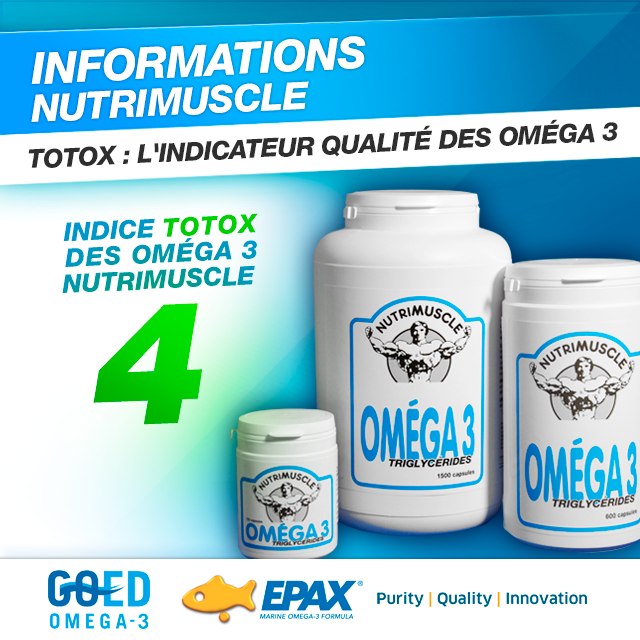A RANDOMISED PLACEBO CONTROLLED TRIAL TO COMPARE THE EFFECTS OF TWO DOSAGES OF OMEGA-3 PUFA ON EXERCISE-INDUCED BRONCHOCONSTRICTION (EIB)
Br J Sports Med2013;47:e4 NC Williams
Treatment of EIB often involves drug interventions, but long-term use may cause systemic side effects (Dahl, Respir Med 2006;8:1307–1317). Supplementing the diet of EIB sufferers with fish oil rich in omega-3 (ω-3) polyunsaturated fatty acids (PUFA) improved post-exercise lung function and reduced systemic markers of inflammation and the need for bronchodilator use (Mickleborough et al. Am J Respir Crit Care Med 2003;168:1181–1189; Mickleborough et al. Chest 2006;129:39–49). However, these studies used high dosages of ω-3 PUFA (5–6 g·day−1), so we examined (and report preliminary data for) the effects of two different dosages of ω-3 PUFA on EIB in asthmatics.
Six physically active EIB positive (≥ −10%ΔFEV1 after eucapnic voluntary hyperventilation, EVH) males and 6 (age and activity matched) non-EIB males (CTRL) volunteered for the randomised, double-blind placebo (PLA) controlled crossover study. Subjects completed (in a counterbalanced fashion) three 21 day experimental conditions: (A) HIGH dose: 6.2 g·day−1 ω-3 PUFA (3.7 g EPA, 2.5 g DHA) (B) HALF dose 3.1 g·day−1 (1.8 g EPA, 1.3 g DHA) and (C) PLA (medium chain triglyceride). EIB response to EVH was assessed on days 0 and 21, with a 14 day washout period between conditions. For CTRLs, FEV1 was not different after EVH within or between conditions. In the EIB group, the %ΔFEV1 at 6-min post-EVH was improved equally after HIGH and HALF, both being better than PLA (P<0.05): at day 21 the %ΔFEV1 6 min post-EVH was −32±20% (PLA), −21±18% (HIGH), and −19±18% (HALF). From day 0 to 21, %ΔFEV1 at 6 min post-EVH showed 38±16% and 36±21% improvements for HIGH and HALF respectively and PLA showed no change (−6±19%) (P>0.05).
These data suggest that lower dosages (3.1 g·day−1) of ω-3 PUFA are as effective in aiding the treatment of EIB as high (6.2 g·day−1) dosages.














